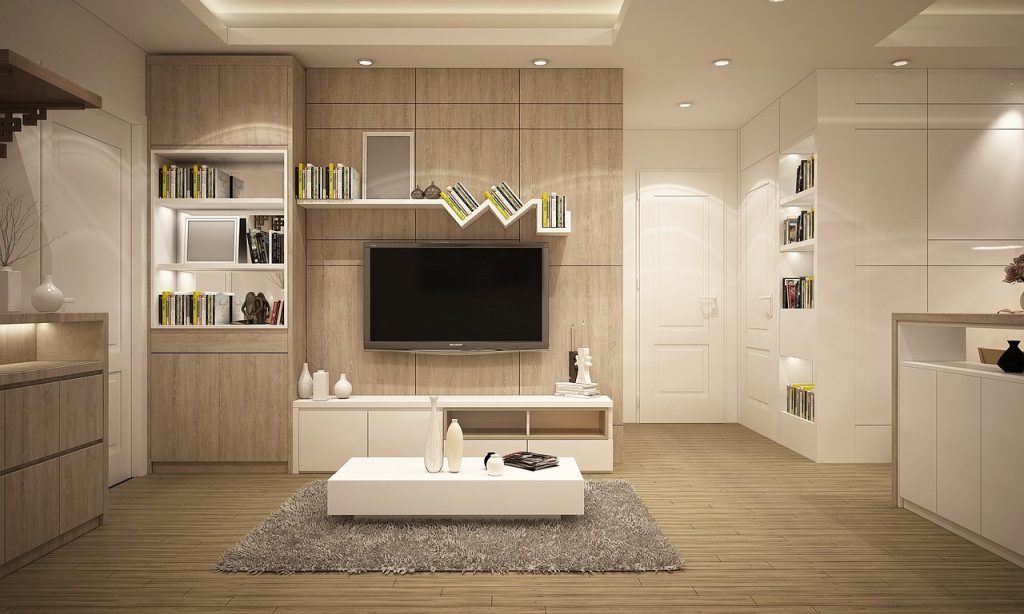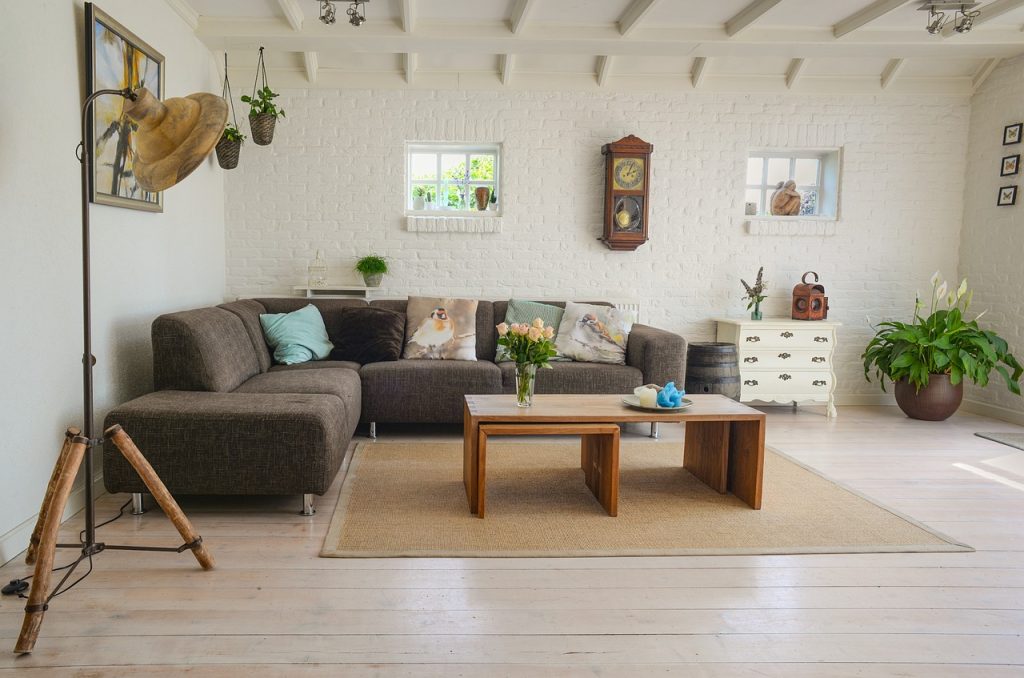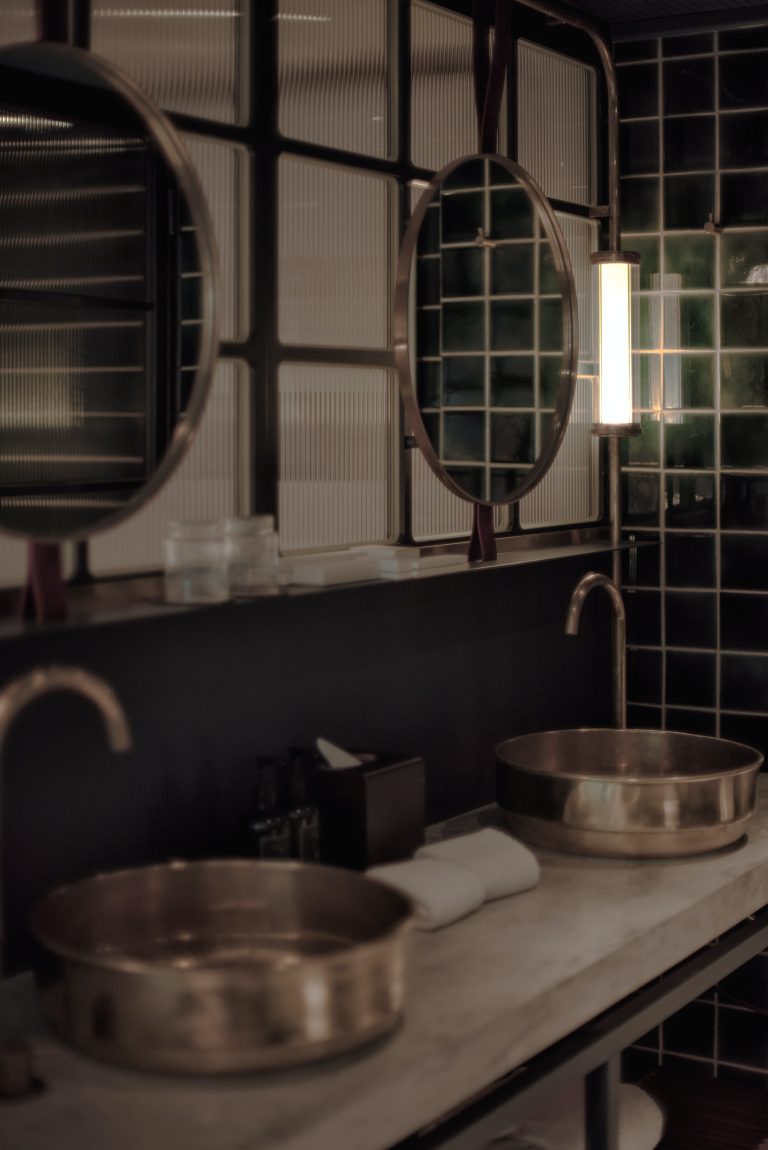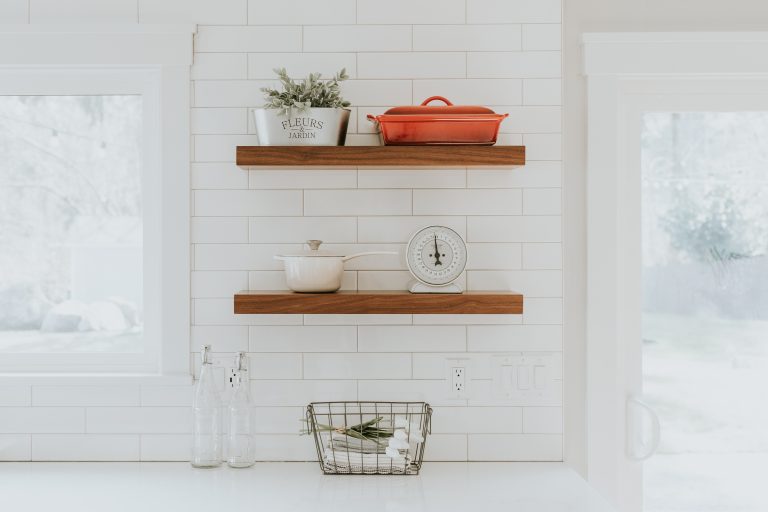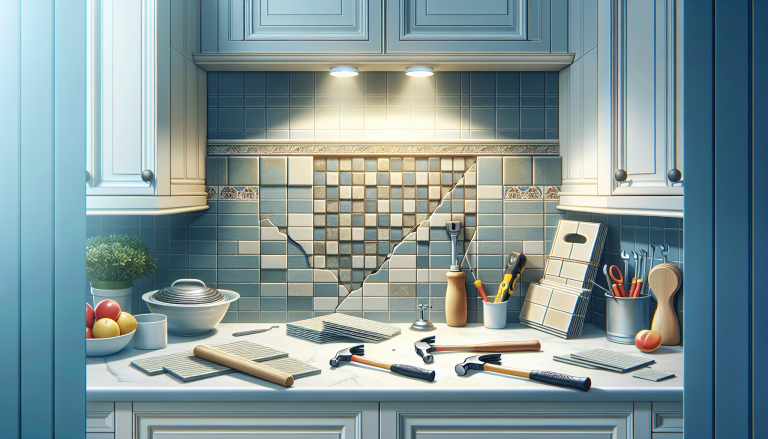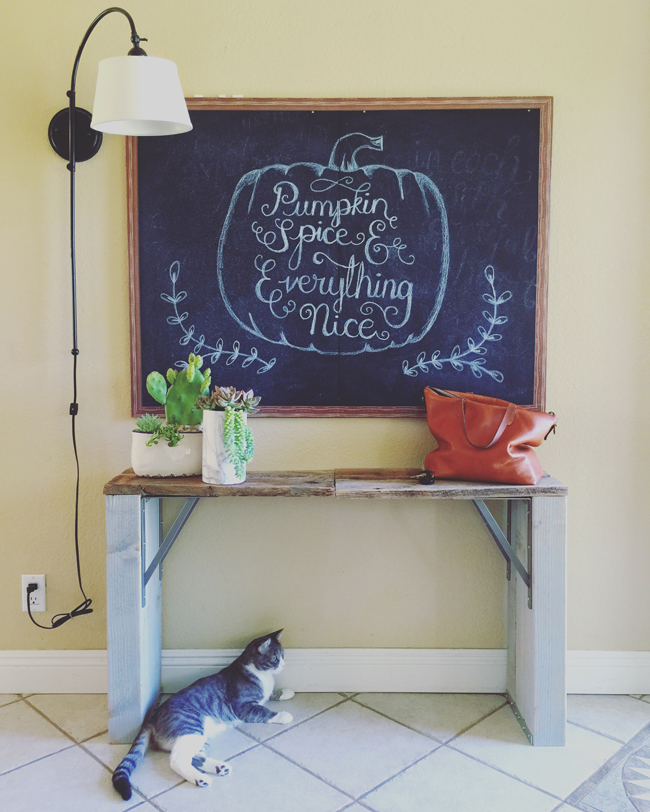Imagine walking into a living room that instantly puts you at ease and makes you feel right at home. A well-designed living room layout has the perfect balance of functionality and aesthetics, creating a space that is both visually appealing and comfortable to live in. From the arrangement of furniture to the choice of colors and textures, every element plays a crucial role in achieving this harmonious atmosphere. In this article, we will explore the key elements that make a living room layout truly exceptional, providing you with valuable insights to create your own inviting sanctuary.
Table of Contents
ToggleSpace Planning
Space planning is a crucial aspect of designing a well-functioning and visually appealing living room. It involves carefully arranging furniture and determining the flow of traffic within the space. By considering the size and shape of the room, as well as the activities that will take place in it, you can create a layout that maximizes both comfort and functionality.
Furniture Arrangement
When arranging furniture in a living room, it’s important to create a layout that promotes conversation and allows for easy movement. Start by determining the focal point of the room, such as a fireplace or television, and arrange the seating around it. Make sure there is enough space between furniture pieces to allow for comfortable circulation.
Traffic Flow
The flow of traffic in a living room should be smooth and unobstructed. Consider the main entrances and exits of the room, as well as any pathways that lead to other areas of the house. Arrange furniture in a way that does not impede the natural flow of movement, and ensure that there is enough space for people to walk around without feeling cramped.
Zoning
Creating different zones within a living room can help define different areas of activity and provide visual interest. For example, you can create a seating area for conversation and entertainment, a reading nook with a cozy armchair and side table, or a workspace with a desk and chair. Use furniture placement and area rugs to clearly delineate these zones and create a cohesive overall design.
Balance and Proportion
Achieving balance and proportion is essential for a well-designed living room layout. Balance refers to the distribution of visual weight in the room, while proportion refers to the relationship between the size of furniture pieces and the overall size of the room. Aim for a harmonious balance and proportion by considering the scale of furniture, the arrangement of objects, and the use of symmetry or asymmetry in your design.
Furniture Selection
Selecting the right furniture for your living room is key to creating a comfortable and functional space that reflects your personal style. When choosing furniture, consider the following factors:
Comfort
Comfort should be a top priority when selecting living room furniture. Look for pieces that offer ample cushioning, support, and ergonomics. Consider the height of chairs and sofas, the depth of seat cushions, and the softness or firmness of upholstery materials. Remember, you want your furniture to be inviting and relaxing for both everyday use and entertaining guests.
Functionality
In addition to comfort, furniture should also be chosen with functionality in mind. Think about how you and your family will use the living room. Do you need extra storage space? Consider furniture with built-in storage compartments. Will you be hosting overnight guests? Look for a comfortable sleeper sofa or a daybed that can double as seating. By selecting furniture that serves multiple purposes, you can make the most of your living room space.
Scale
When choosing furniture, it’s important to consider the scale of the room. A large sofa may look out of place in a small living room, while an undersized coffee table may get lost in a larger space. Think about the size and proportions of your room and choose furniture that complements its size. Additionally, consider the height of furniture pieces and how they relate to the overall height of the room and other pieces in the space.
Style
The style of your furniture should align with your personal taste and the overall aesthetic of your living room. Whether your style is modern, traditional, eclectic, or minimalist, there are countless options to choose from. Consider the materials, colors, and shapes of the furniture pieces, and how they will fit within the overall design scheme. Remember, furniture is not only functional but also contributes to the overall aesthetics of the room.
Lighting
Proper lighting is essential for creating a welcoming and well-designed living room. It not only illuminates the space but also sets the mood and enhances the overall atmosphere. When planning the lighting for your living room, consider the following aspects:
Natural Lighting
Maximizing natural light should be a priority in any living room design. Natural light creates a sense of openness and warmth, and it can also help reduce the need for artificial lighting during the day. Consider the orientation of your windows and how sunlight enters the room at different times of the day. Use window treatments that allow for easy control of light, such as sheer curtains or blinds that can be adjusted for privacy and sun glare.
Artificial Lighting
While natural light is crucial, artificial lighting plays a key role in providing adequate illumination throughout the day and evening. A well-designed lighting plan should include a mix of general, task, and accent lighting. General lighting, such as overhead fixtures or recessed lights, provides overall illumination for the room. Task lighting, such as desk lamps or floor lamps, focuses on specific activities like reading or working. Accent lighting, such as wall sconces or table lamps, adds visual interest and highlights architectural features or artwork.
Task Lighting
Task lighting is important in a living room where specific activities take place, such as reading, working on a laptop, or playing board games. Consider adding adjustable desk lamps, floor lamps with adjustable heads, or wall-mounted reading lights to provide focused lighting in these areas. Task lighting should be positioned to minimize shadows and glare, while still providing ample light for the intended activity.
Ambient Lighting
Ambient lighting sets the overall mood in a living room and creates a cozy and inviting atmosphere. This can be achieved through the use of dimmable ceiling lights, wall sconces, or indirect lighting. By varying the brightness and color temperature of ambient lighting, you can create different moods for different occasions, from bright and energetic to soft and relaxing.
Color Scheme
The color scheme of a living room greatly influences its overall look and feel. The right colors can create a harmonious and visually pleasing space, while the wrong choices can result in a disjointed or overwhelming design. When selecting a color scheme for your living room, consider the following factors:
Color Psychology
Different colors elicit different emotions and can have a significant impact on how a room feels. Warm colors like red, orange, and yellow can create a stimulating and energetic atmosphere, while cool colors like blue, green, and purple can create a calm and soothing ambiance. Consider the mood you want to achieve in your living room and choose colors accordingly. You can also opt for neutral colors like beige, gray, or white as a base and add pops of color through accessories or accent walls.
Harmony and Contrast
Creating a harmonious color scheme involves selecting colors that work well together and create a cohesive look. This can be achieved through complementary colors (colors opposite each other on the color wheel), analogous colors (colors next to each other on the color wheel), or a monochromatic color scheme (variations of the same color). Contrast, on the other hand, involves the use of colors that are different from each other, creating visual interest and drama. Consider using a mix of harmonious and contrasting colors in your living room design to create a balanced and dynamic space.
Accent Colors
Accent colors are an excellent way to add visual interest and personality to your living room. These are usually bold, contrasting colors that are used sparingly to draw attention to specific elements or areas in the room. Consider incorporating accent colors through throw pillows, artwork, rugs, or accessories. This not only adds vibrancy to the space but also allows for easy updates and changes if you want to refresh the look of your living room in the future.
Flooring
The flooring in a living room is not only a practical consideration but also an important design element that contributes to the overall aesthetics of the space. When choosing flooring for your living room, consider the following factors:
Material Selection
There are various flooring materials to choose from, each with its own advantages and considerations. Hardwood flooring is a popular choice for living rooms due to its timeless appeal and durability. It can be warm and inviting, and it complements a wide range of design styles. Other options include laminate flooring, which offers affordability and easy maintenance, and carpet, which provides a cozy and comfortable feel. Consider the pros and cons of each material and choose one that suits your lifestyle and design preferences.
Rug Placement
Rugs can play a significant role in defining different areas within a living room and adding comfort underfoot. When placing rugs, consider the size and shape of the room, the arrangement of furniture, and the desired purpose of each zone. For example, in a seating area, a large rug can anchor the furniture and create a cohesive look. In a workspace or reading nook, a smaller rug can define the area and add visual interest. Experiment with different rug placements to find the one that best suits your living room layout.
Floor Plan Consistency
Consistency is key when it comes to the flooring in a living room. Ideally, the same flooring material should be used throughout the space to create a seamless flow and visual continuity. This is especially important in open-concept living rooms that flow into other areas of the house. If using different flooring materials is necessary, such as transitioning from hardwood to tile in an adjacent kitchen, make sure the transition is smooth and well-executed to avoid any awkward visual breaks.
Wall Treatments
The walls of a living room provide a canvas for creativity and personal expression. When considering wall treatments, take into account the following factors:
Paint Colors
Paint is a versatile and cost-effective way to transform the look of a living room. Choose paint colors that complement the overall design scheme and create the desired atmosphere. Lighter colors can make a small room appear larger and more spacious, while darker colors can create a cozy and intimate feel. Consider the natural lighting in the room and how it affects the appearance of the paint color. Don’t be afraid to experiment with accent walls or different paint finishes to add dimension and interest to the space.
Wallpapers and Patterns
Wallpapers and patterns can add a touch of personality and visual interest to a living room. Whether you opt for a bold and vibrant pattern or a subtle tone-on-tone design, consider the scale and proportions of the pattern in relation to the size of the room. Additionally, be mindful of how the pattern interacts with the other design elements in the room, such as furniture and accessories. Wallpapers and patterns can be used on a single feature wall or throughout the entire living room, depending on your preference and the desired effect.
Texture and Dimension
Introducing texture to the walls can create a sense of depth and richness in a living room. This can be achieved through various techniques, such as textured paint, faux finishes, or the use of materials like stone or brick veneer. Texture can add visual interest and tactile appeal to the walls, enhancing the overall design scheme. However, be mindful not to overwhelm the space with too much texture, as it can make the room feel busy and cluttered.
Window Treatments
Window treatments not only provide privacy and light control but also contribute to the overall aesthetics of a living room. When selecting window treatments, consider the following factors:
Curtains and Drapes
Curtains and drapes can add a touch of elegance and softness to a living room. Choose fabrics that complement the overall design scheme and create the desired mood. Light and sheer curtains can filter natural light and create a breezy and ethereal feel, while heavier drapes can add drama and opulence. Consider the length, width, and pattern of the curtains to ensure they fit the windows and enhance the proportions of the room.
Blinds and Shades
Blinds and shades are a practical choice for window treatments, offering light control and privacy. They come in a variety of styles and materials, from sleek and modern to rustic and natural. Consider the functionality and ease of use when selecting blinds or shades for your living room. Options like roller shades, Venetian blinds, or cellular shades provide versatility and allow for easy adjustment of light and privacy levels.
Privacy and Light Control
Privacy and light control are essential considerations when it comes to window treatments in a living room. Determine the level of privacy you require based on the location of your windows and the proximity to neighboring houses or busy streets. If privacy is a concern, consider adding curtains, drapes, or blinds with blackout or privacy liners. Additionally, think about how much natural light you want to let into the room. Sheer curtains or blinds with adjustable slats can filter light and create a soft, diffused glow, while blackout curtains or blinds can completely block out sunlight when needed.
Storage Solutions
Effective storage solutions are essential for maintaining a clutter-free and well-organized living room. Consider the following options:
Built-in Cabinets
Built-in cabinets provide ample storage space while seamlessly blending into the overall design of the living room. They can be customized to fit your specific needs, whether you require storage for books, electronics, or display items like vases or collectibles. Consider incorporating built-in cabinets along blank walls or as part of an entertainment center. They not only offer functional storage but also add architectural interest and visual appeal.
Shelving and Display Units
Shelving and display units are versatile storage solutions that can add both practicality and style to a living room. Floating shelves, wall-mounted units, or freestanding bookshelves can provide storage for books, decorative objects, or media equipment. Consider the arrangement and placement of shelves to create an aesthetically pleasing display. Mix functional storage with items that reflect your personal style, such as artwork, plants, or cherished mementos.
Multipurpose Furniture
Multipurpose furniture is a great space-saving solution for smaller living rooms or multifunctional spaces. Look for items like ottomans with hidden storage, coffee tables with built-in drawers, or sofas with pull-out beds. These pieces serve dual purposes, allowing you to make the most of your living room’s square footage. Additionally, consider furniture with built-in storage, such as media consoles with drawers or sideboards with cabinets, to keep items organized and out of sight.
Accessories and Décor
Accessories and décor add the finishing touches to a well-designed living room, reflecting your personal style and creating a cozy and inviting atmosphere. Consider the following elements:
Artwork and Mirrors
Artwork and mirrors can enhance the visual appeal of a living room by adding color, texture, and visual interest. Choose pieces that complement the overall design scheme and reflect your personal taste. Hang artwork at eye level and consider the size and scale in relation to the wall and furniture. Mirrors can create the illusion of more space and reflect light, making a room feel brighter and more spacious.
Textiles and Soft Furnishings
Textiles and soft furnishings, such as throw pillows, blankets, and curtains, can add warmth, texture, and comfort to a living room. Choose fabrics that complement the color scheme and style of the room. Consider mixing different patterns, textures, and colors to create visual interest. Layering textiles can create depth and make the space feel cozy and inviting.
Personal Touches
Adding personal touches to a living room can make it feel truly unique and reflective of your personality. Display cherished mementos, family photographs, or meaningful artwork that holds sentimental value. Incorporate items that relate to your hobbies or interests, such as books, musical instruments, or sports memorabilia. These personal touches will not only add character to the room but also create a space that truly feels like home.
Technology Integration
Integrating technology seamlessly into a living room design can enhance its functionality and provide convenience. Consider the following aspects:
Entertainment Systems
Entertainment systems, such as televisions, audio equipment, or gaming consoles, are often central to a living room. Plan for their placement and consider options for concealing or integrating them into the design. Wall-mounted TVs or media consoles with built-in storage can create a streamlined look. Ensure that there are convenient outlets and proper wiring to accommodate your entertainment needs.
Smart Home Features
Smart home features are becoming increasingly popular and can add convenience and efficiency to a living room. Consider incorporating features like smart lighting systems, voice-controlled assistants, or automated window treatments. These features can be seamlessly integrated into the design, allowing you to control various aspects of the living room with ease.
Concealed Wiring
Wires and cables can be unsightly and disrupt the aesthetics of a well-designed living room. Plan for proper wire management by incorporating cable management systems, hiding wires within walls, or using cord covers. This will create a clean and clutter-free look, allowing you to fully appreciate the design elements without the distraction of tangled wires.
In conclusion, designing a well-planned and visually appealing living room involves careful consideration of space planning, furniture selection, lighting, color scheme, flooring, wall treatments, window treatments, storage solutions, accessories and décor, and technology integration. By paying attention to these key elements and incorporating them into your design, you can create a living room that is both functional and aesthetically pleasing, reflecting your personal style and enhancing your overall living experience.

